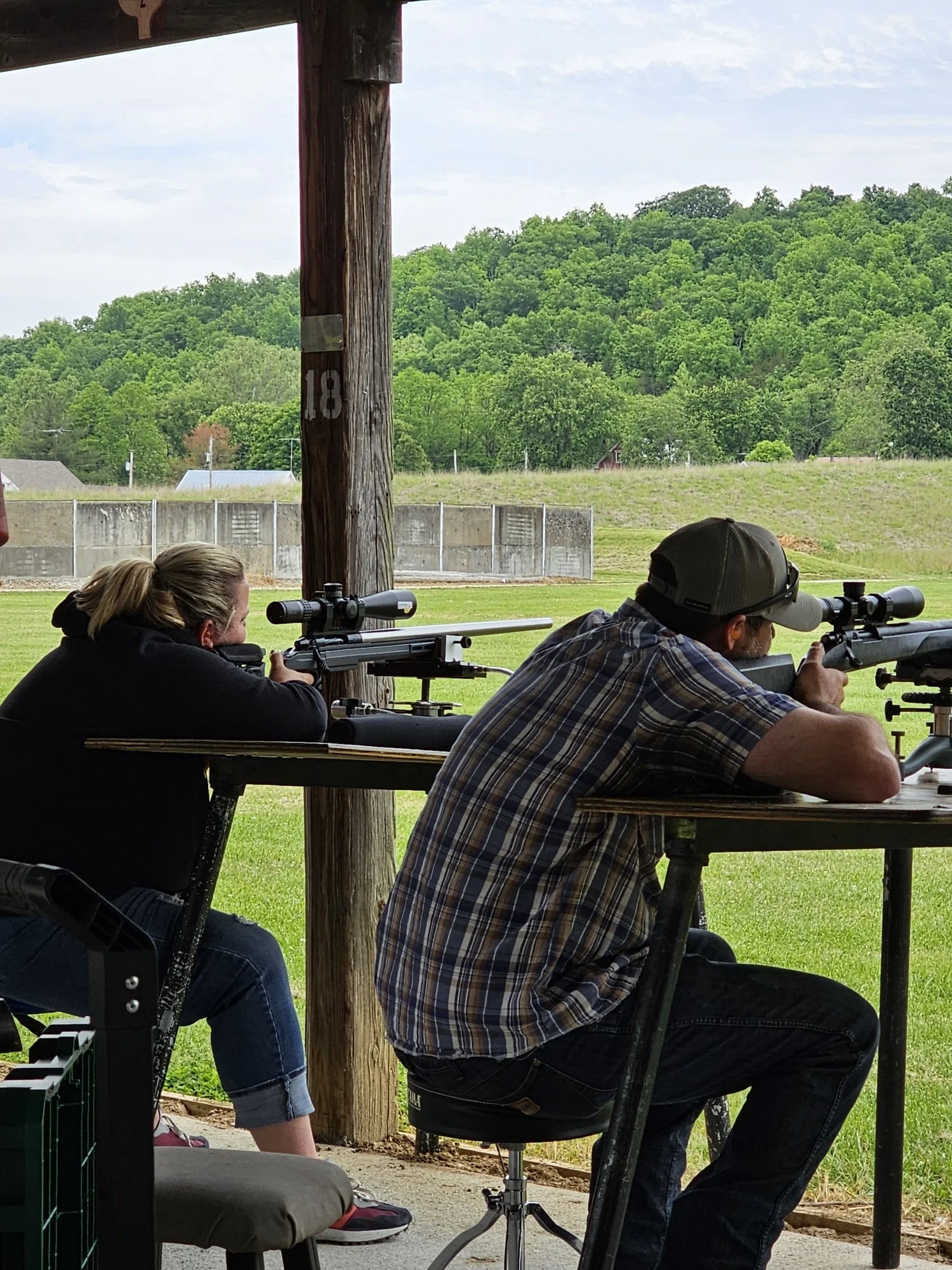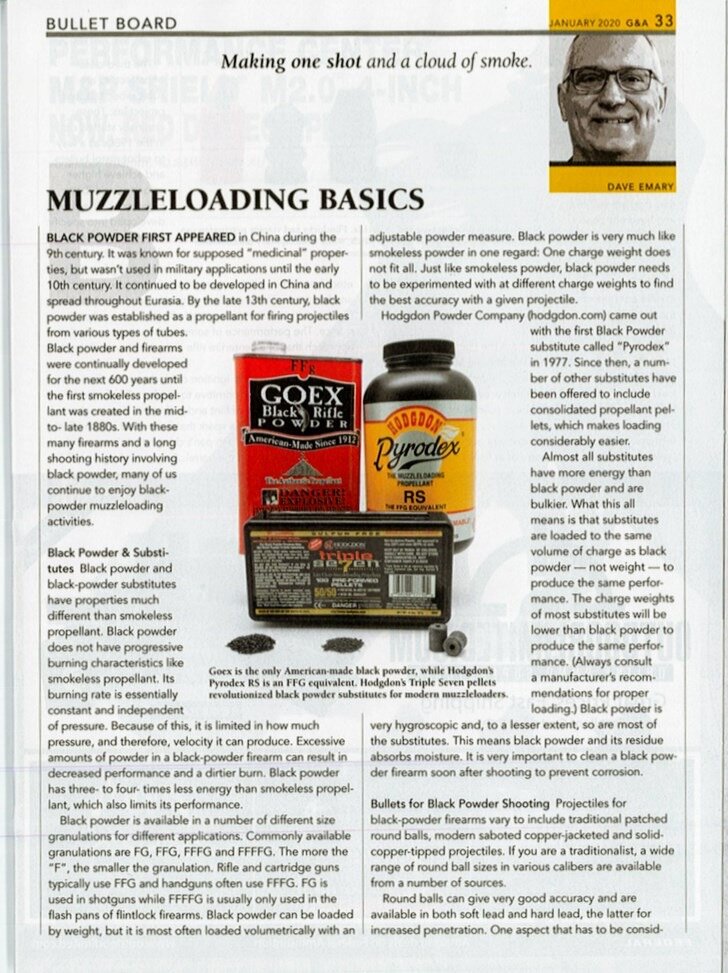Earlier this month, we talked to Caleb Hinkle about his bill working to bring a muzzleloader hunting season to Montana. At the time of our interview, Caleb was presenting the bill to the Montana House of Representatives but was hopeful about it’s passing through the Montana House and Senate.
The Race Guns of Muzzleloader Hunting | NMLRA Inline Hunter Match | May 2020
3 Years of Developing the CVA Paramount Pro
Catch this new video from the NMLRA, we talk with Tony Smotherman at CVA about what went into working on the new paramount pro.
Read more from the NMLRA
NMLRA meets with Western Powders |SHOT Show 2020
It was great to meet up with the team behind “Blackhorn 209” at the SHOT Show last week. We talked about last year’s sticker promotion, where an NMLRA sticker directing customers to our website was placed on many bottles of 209, continuing it in 2020 and bringing more promotion to their small company in thanks to their support of the NMLRA.
Western Powders has been a great industry partner for us, and we are excited to continue working with them. Lookout for the Black Horn 209 team on the Muzzle Blasts podcast later this spring.
Modern black powder substitutes aren’t for everyone, but they are doing a great job of getting more people interested in muzzleloading and hunting with muzzleloaders.
What is the CVA Paramount Pro | NMLRA
In a previous version of this story we incorrectly stated that the new CVA Paramount Pro used powder pellets instead of loose powder. We have corrected the story to reflect that the paramount pro uses 150 grains of loose Blackhorn 209 by volume, which is 105 by weight.
Muzzle Blasts was fortunate enough to meet with Tony Smotherman, one of the developers behind CVA’s new line of long range muzzle loaders at SHOT Show 2020. Tony was kind enough to walk NMLRA President Brent Steele and Vice President Jeff Cunningham through the new rifle and how it will perform for long range muzzleloading hunters around the United States.
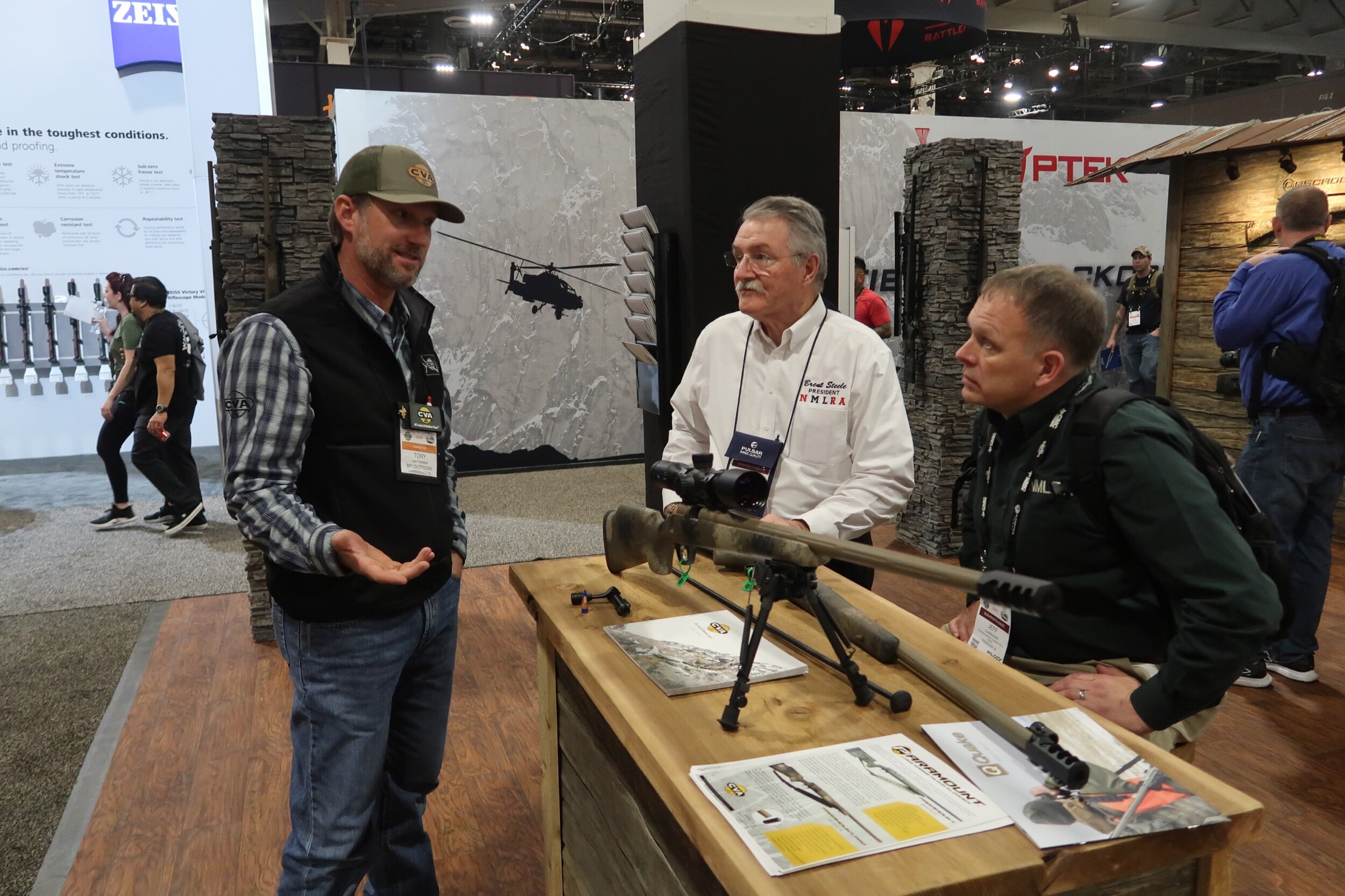
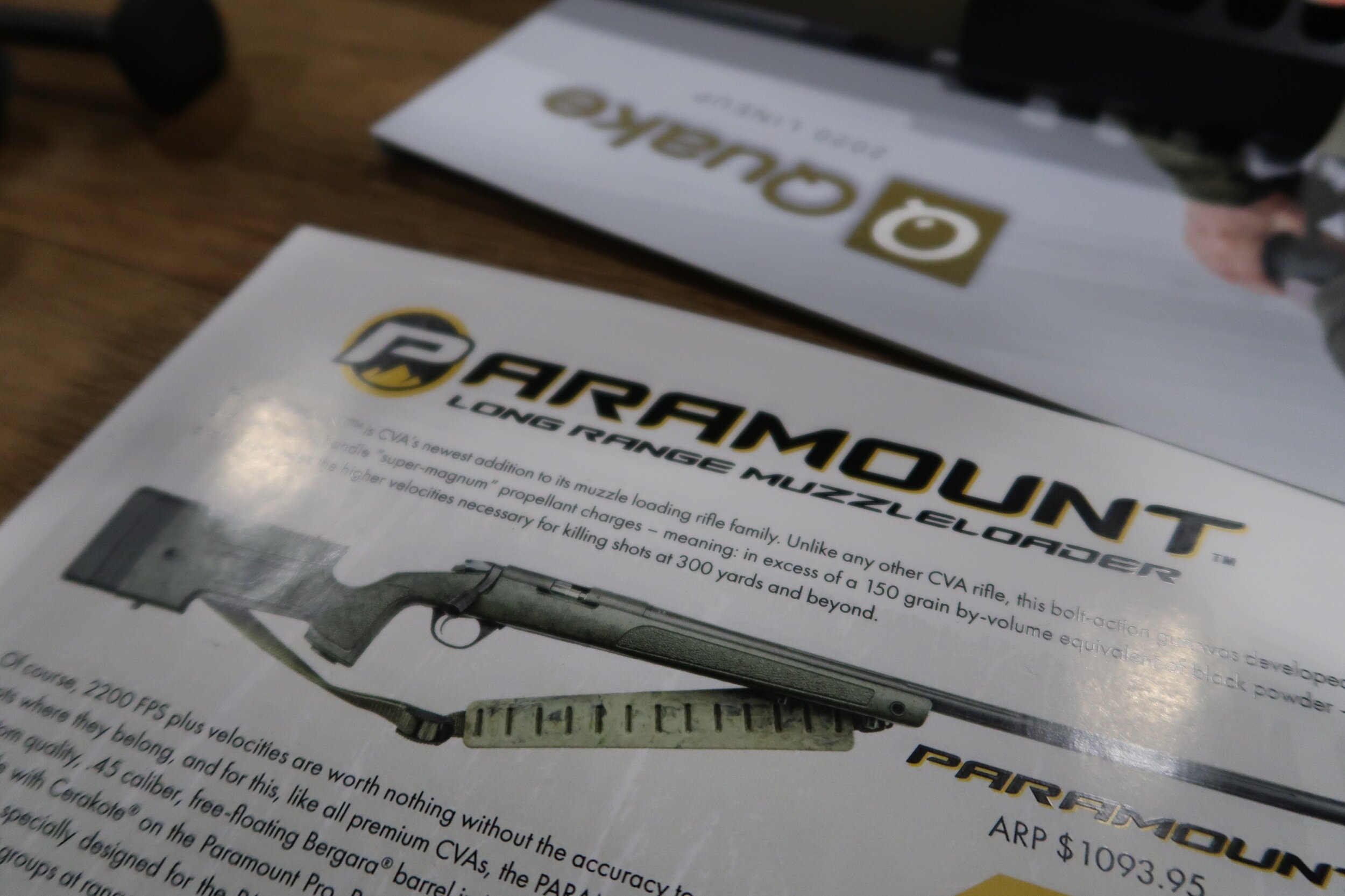
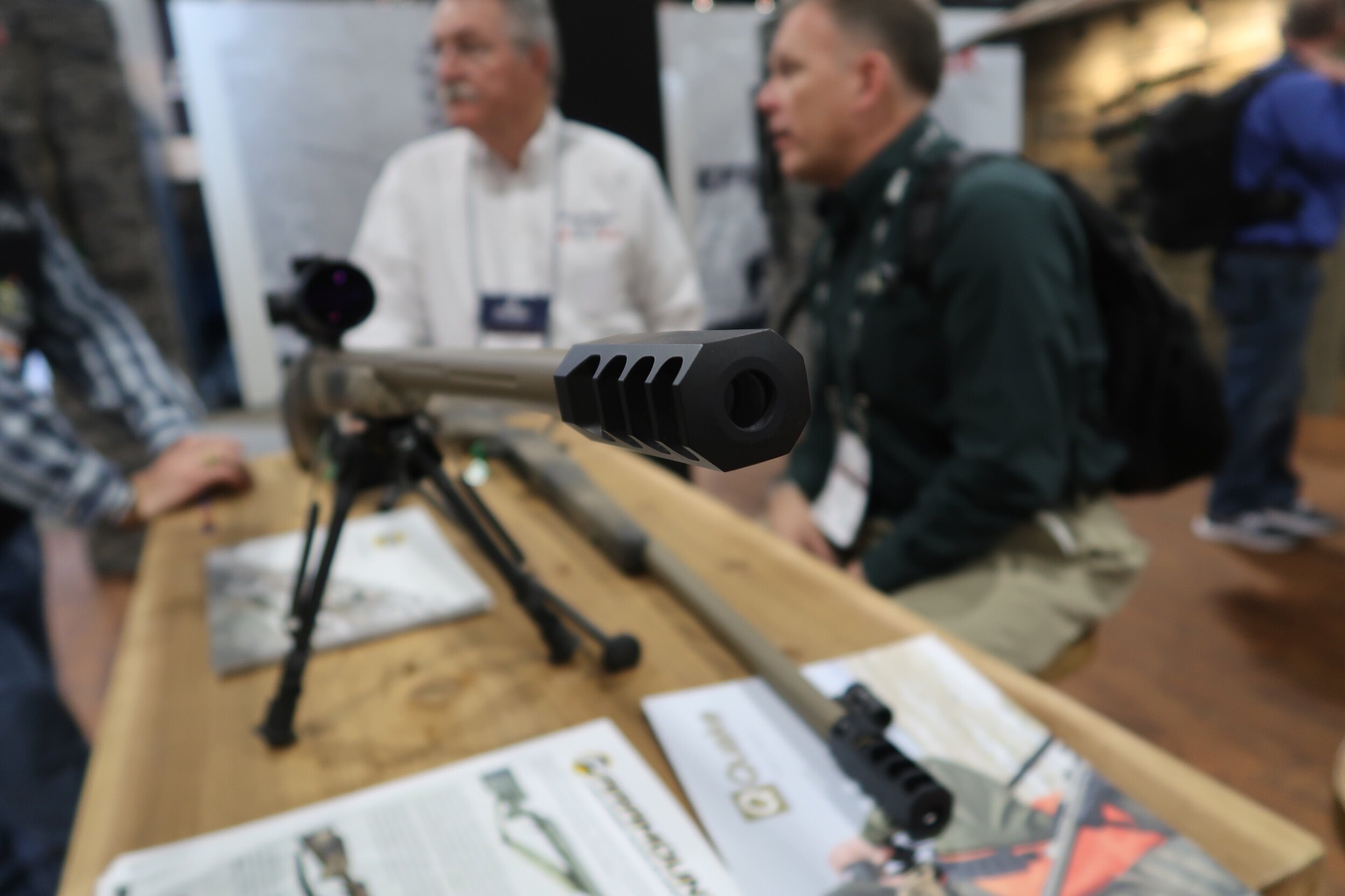
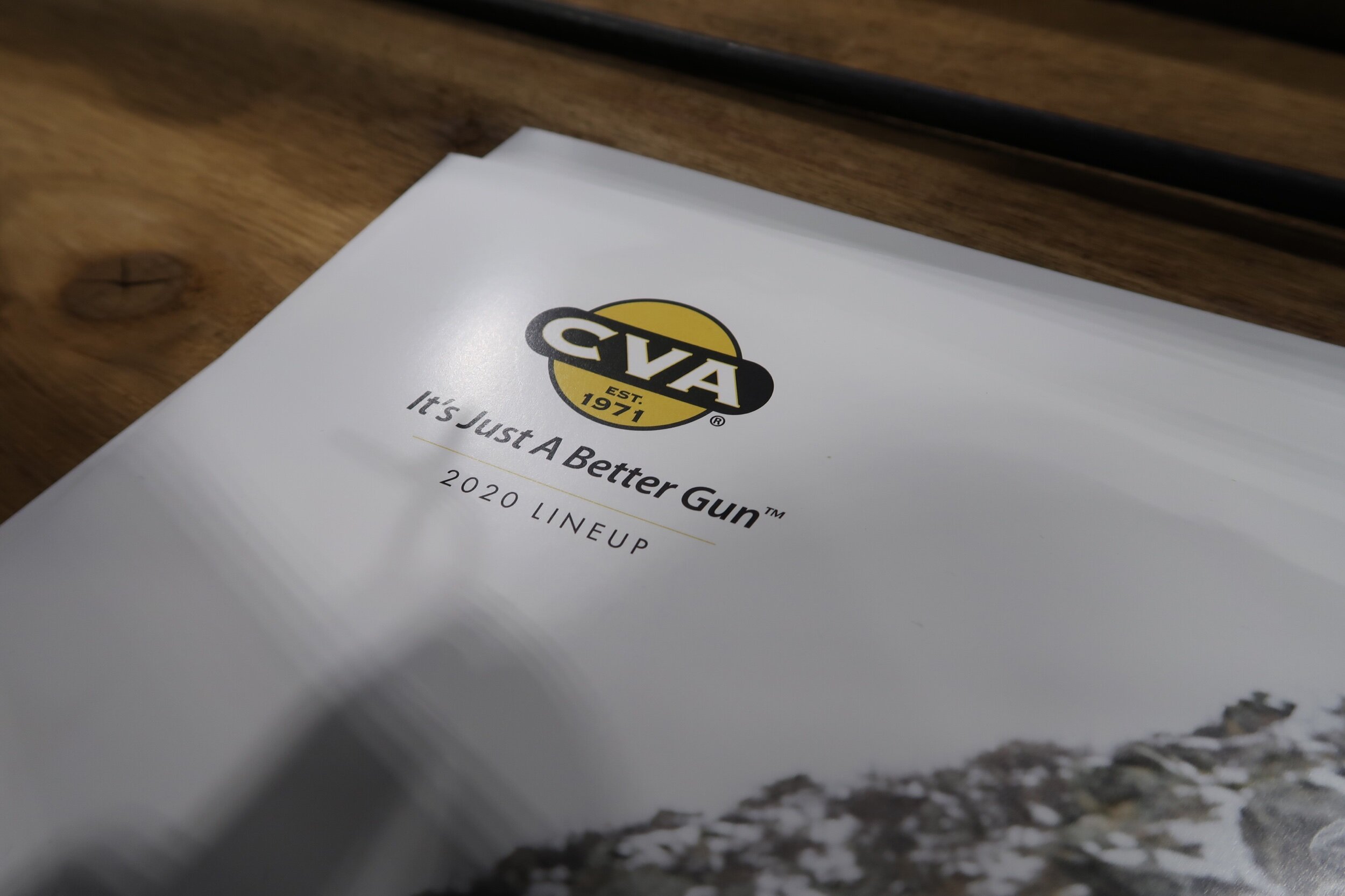
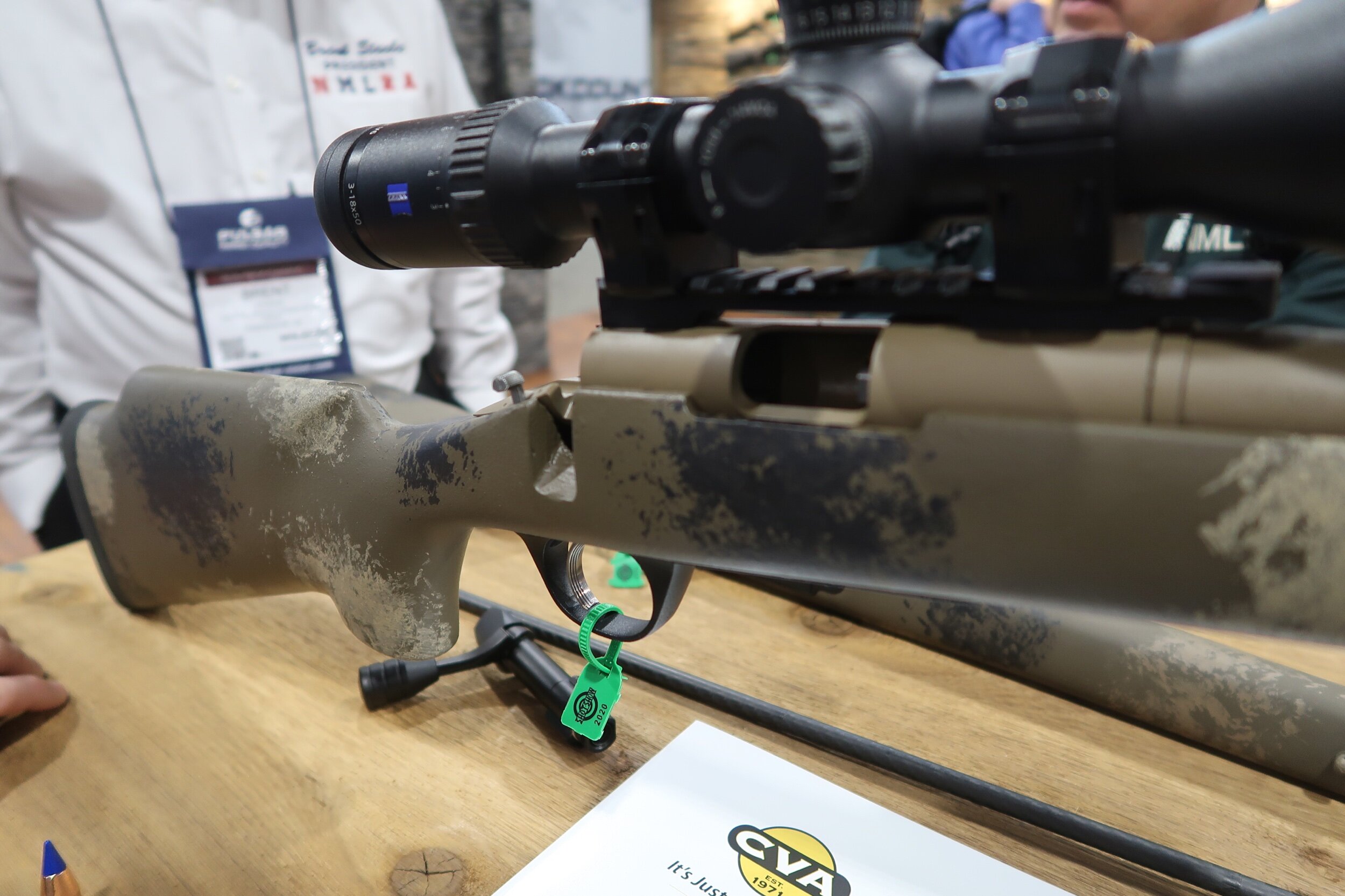
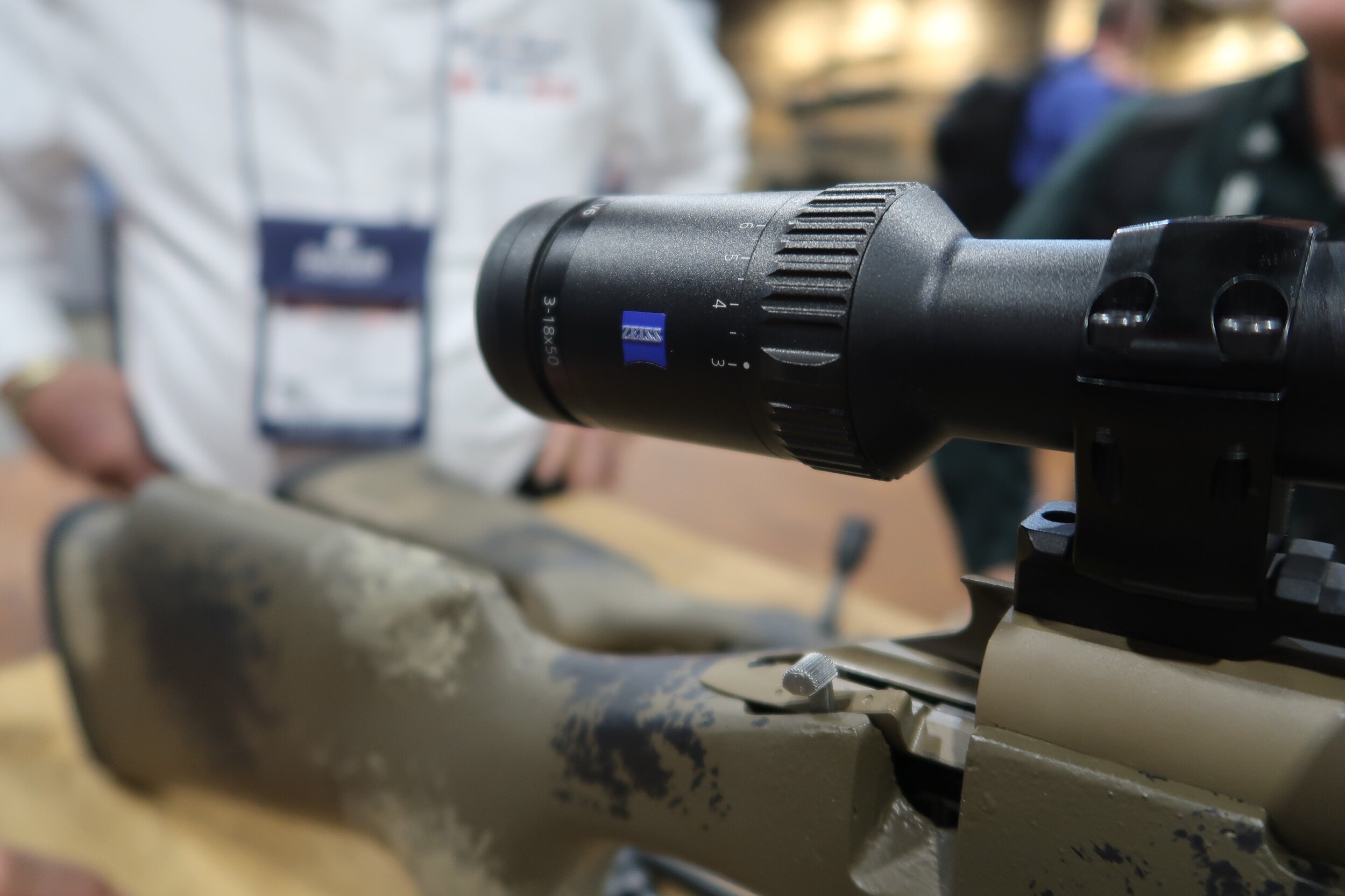
The new Paramount Pro advances on CVA’s Paramount line hoping to bring advanced precision to modern muzzleloader hunters. Available in .50 and .45 caliber to appease big game rules of Colorado and Idaho, the Paramount Pro is also available with a scoped and open sight option to pass regulations in western states.
We’ll have a full video with Tony from CVA out soon, but for now we hope this can answer some of the common questions we are seeing.
How much does the new CVA Paramount Pro Cost?
From the literature we picked up at the SHOT Show, actual retail price for the Paramount Pro is $1667.95, not a cheap rifle by any means, but CVA backed up this cost that a comparable custom muzzleloader runs between $1,000 and $1800+.
What is the range for the CVA Paramount Pro?
According to CVA, the Paramount Pro is sub minute of angle at 400 yards direct from the factory. CVA is certainly going after the mis conception that muzzleloaders, but modern and traditional are only good out to 100 yards with the new Paramount Pro.
What kind of primer does the CVA Paramount Pro Use?
In line with CVA’s other long range muzzleloaders, they are using a large rifle primer as the ignition source.
What kind of bullet does the CVA Paramount Pro Use?
The CVA Paramount Pro uses a 280 grain power belt bullet, shooting it at 2400 feet per second.
How much powder does the Paramount Pro Use?
The powder charge of the Paramounts is 150 grains of Blackhorn 209 by volume, which is 105 by weight.
What’s the deal with that muzzle break?
This is the first time CVA has included threaded barrels muzzle breaks in their rifles. With the 150 grains of powder, you can expect some recoil, but CVA claims the muzzle break reduces recoil by 50%.
Won’t that mess with reloading?
The Paramount Pro comes with a funnel to aid in powder pouring through the muzzle break. The break is also designed to guide our charge into the barrel, not allowing it to fall out.
We know cleaning is important for muzzleloaders, so we asked about it. Tony said the muzzle break is designed to dump the cleaning patch out of the largest hole on the muzzle break when you pull the patch out, a feature they are excited about.
Like what we’re doing? Find out more about the National Muzzle Loading Rifle Association
Muzzle Blasts on Instagram NMLRA on Facebook
The NMLRA and Muzzle Blasts have been an authority on muzzleloading since 1933. This article was not sponsored or paid for, we feel it is our job to bring you the most up to date news as possible on the world of Muzzleloading, be it living history, competitive shooting, or hunting
Muzzleloading Basics, an excerpt from Guns & Ammo Magazine
Our friends at Hodgdon Powder shared this great excerpt on muzzleloading basics from Author Dave Emary and Guns & Ammo Magazine.
“For all you muzzleloader hunters headed out this season, be sure to check out January’s issue of Guns & Ammo Magazine for a nice write-up on our GOEX black powders and Pyrodex and TripleSeven substitutes from our good friend Dave Emary.”
Starting with blackpowder’s origin in China in the 9th century and continuing through modern black powder substitutes, author Dave Emary brings a comprehensive look at our beloved powder’s history.
How to Load a Muzzleloader
We wanted to bring this illustration out from the Muzzle Blasts Magazine archives. Commissioned in 2015, we’d like to thank Larry Small for illustrating this great diagram.
How to load a Muzzleloader
Make sure the bore is dry by using a ramrod with a cleaning jig and a clean, dry patch.
With the hammer down for safety, clean the frozen, pan, and flint (watch out for the sharp edges of the flint). Be sure the flash hole is clear of obstruction by inserting a vent pick, paper clip, or pipe cleaner. Load a flintlock with the frizzen and hammer all the way forward.
For a percussion firearm, inspec the nipple for obstruction by using a nipple pick or paper clip. With an unloaded firearm, snap a cap or two. Always point the muzzle in a safe direction.
Pour the powder from a powder horn or flash into a measure. For safety, never pour powder directly into the bore from a horn or flask.
Pour the measured powder charge down the bore. Avoid placing your hands or face directly over the muzzle.
Center a lubricated or moistened patch over the bore and place the lead ball onto the patch.
With the short end of a short starter, set the patched ball into the bore. Use the Pam of your hand to press the ball into the muzzle.
Push the ball deeper with the long end of the short starter by using the palm of your hand.
Firmly seat the load against the powder charge by using short strokes with your ramrod. NEVER fire a muzzleloader if the ball is not firmly seated on the powder charge.
Use a pencil to make a reference mark on your ramrod when the lead ball is correctly loaded.
Remove the ramrod and store it under the barrel.
For a flintlock, fill the pan 1/4 to 1/3 full of priming powder, place the hammer into the half- cock position, and close the frizzen. When ready to shoot, bring the hammer into full cock position.
For a percussion muzzleloader, bring the hammer into the half-cock position and place a cap firmly onto the nipple. When ready to shoot, place the hammer at full cock.
Be certain of your target and what lies beyond. Aim and fire.
Run a damp cleaning patch down the bore and begin the process again, no need to repeat step #9









